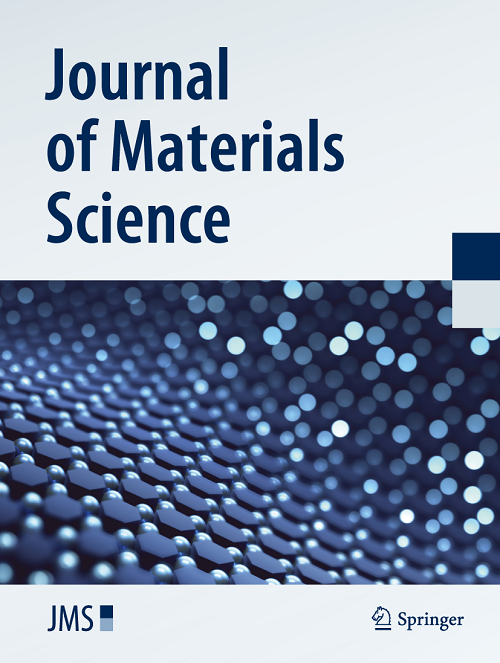Enhanced photocatalytic hydrogen generation via novel water gas-assisted synthesis of CoO/Co3O4 nanofibers
Abstract
The development of efficient photocatalysts for renewable hydrogen production via water splitting is of paramount importance for sustainable energy generation. In this study, CoO/Co3O4 nanofibers were synthesized using an innovative water gas-assisted procedure and evaluated as photocatalysts for hydrogen generation from a methanol/water mixture under solar irradiation. The synthesized nanofibers exhibited superior photocatalytic activity compared to Co3O4 nanofibers and standard TiO2 nanoparticles, with hydrogen production rates of 66.9, 25.3, and 15.9 mmol H2/gcat·s, respectively. Additionally, the CoO/Co3O4 nanofibers demonstrated an anomalous temperature dependence, with hydrogen production rates decreasing from 69.6 mmol H2/gcat·s at 20 °C to 17.76 mmol H2/gcat·s at 50 °C. This unexpected behavior was attributed to the exceptionally high photocatalytic activity of the nanofibers, where increasing temperature led to premature desorption of reactant molecules from the catalyst surface. These results highlight the potential of CoO/Co3O4 nanofibers as promising photocatalysts for efficient solar-driven hydrogen production and underscore the importance of temperature effects in optimizing photocatalytic systems for renewable energy applications.

 求助内容:
求助内容: 应助结果提醒方式:
应助结果提醒方式:


